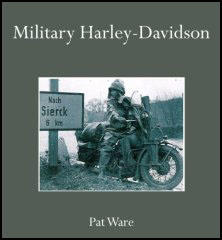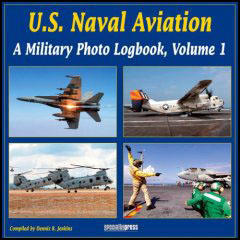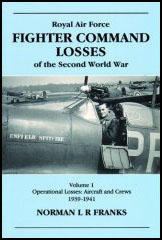Spartacus Review
Volume 13: 24th February, 2008
Military History

Title: Military Harley-Davidson
Author:
Editor: Pat Ware
Publisher: Ian Allan Publishing
Price: £24.99
Bookshop: Amazon
Spartacus Website: Second World War
Category:
The name Harley-Davidson is synonymous with the US motor-cycle industry. It is now, after more than a century of operation, one of only two US-based manufacturers to survive. Although the company s origins are older, 1903 is generally regarded as the year when the company s first motorcycle was produced. Three years later, the company s first factory was opened. By 1917, and the US entry into World War 1, Harley-Davidson had been making motorcycles for more than a decade and, during the USA s relatively brief involvement in that conflict, no fewer than 20,000 motorcycles were supplied to the military helping the company to become the largest motorcycle manufacturer in the world by 1920. Surviving the Great Depression, Harley-Davidson was to become one of the prime suppliers of equipment again when hostilities resumed, producing no fewer than 90,000 motorcycles for US and Canadian forces during World War 2 with a further 30,000 going to the Soviet Union as part of the Lend-Lease programme. In Military Harley-Davidson, Pat Ware explores the Harley-Davidson motorcycle in military service from the earliest days onwards. Providing initially an overview of the company and its history from 1903, the bulk of the book concentrates on the range of models produced by the company and how they were exploited for military use. Whilst the book concentrates primarily on those motorcycles produced for use by the Allies in World War 2, the continuing military role of the Harley-Davidson in other theatres postwar is also covered. Alongside the narrative and a fascinating selection of images, the book also includes a full technical specification for each of the models discussed. The Harley-Davidson is one of the great names in the history of motorcycles with a fan-base that extends worldwide. The role of the company in the provision of military hardware is a less well known but fascinating part of the history of the company and its products. This book will be of interest to Harley-Davidson fans and owners and all motor cycle enthusiasts, military historians, wargamers and preservationists.

Title: U.S. Naval Aviation
Author: Dennis Jenkins
Editor:
Publisher: Specialty Press
Price: £11.99
Bookshop: Amazon
Spartacus Website: Military History
Category:
U.S. Naval Aviation, is the first in a series of photo scrapbooks using images taken by Navy photographers with unparalleled access to facilities and aircraft around the world. These photographers document all aspects of operations in peace and war with photos taken in the air, aboard ship, and at bases worldwide.

Title: U.S. Air Force Aviation
Author: Dennis Jenkins
Editor:
Publisher: Specialty Press
Price: £11.99
Bookshop: Amazon
Spartacus Website: Military History
Category:
U.S. Naval Aviation, is the first in a series of photo scrapbooks using images taken by Air Force photographers with unparalleled access to facilities and aircraft around the world. These photographers document all aspects of operations in peace and war with photos taken in the air, aboard ship, and at bases worldwide.

Title: Fighter Command Losses
Author: Norman Franks
Editor:
Publisher: Ian Allan Publishing
Price: £12.99
Bookshop: Amazon
Spartacus Website: Air War
Category:
During 1939-1941, Fighter Command lost around 1,000 aircrew. The reasons and circumstances for these losses are shown as crucial campaigns are enacted. Forty illustrations complement the loss details and appendices provide Fighter Command Orders of Battle at crucial periods in the conflict, plus details of the build-up of Night Fighter Squadrons during 1941, and a list of Wing Leaders. In August 1939, on the eve of war with Germany, Britain was ill-prepared and Fighter Command could muster only 37 operation squadrons to face the foe. Following a brief campaign in Norway, and the brave but disastrous Battle of France and retreat through Dunkirk, Britain stood alone, waiting. As the forefront of Britain's defence at this time was RAF Fighter Command, with its Hurricanes, Spitfires, Blenheims and a few obsolete Gladiators. The inevitable onslaught began, and somehow, against vastly superior odds, the pilots, who became immortalised as the world-famed 'few', repulsed the Luftwaffe during the frenetic air fighting that culminated in 'The Battle of Britain' in the summer of 1940. Germany's failure to overcome the RAF and its decision to attack Russia allowed Britain to consolidate, rebuild, and then begin to go onto the offensive. Norman Franks has written over 30 books related to the history of the Royal Air Force. This particular work examines the sacrifice made by Fighter Command during the desperate early years of the war. Operational losses are recorded on a day-by-day basis, identifying the units concerned, the crews involved, and the aircraft type, service serial number and code letters where confirmed.
